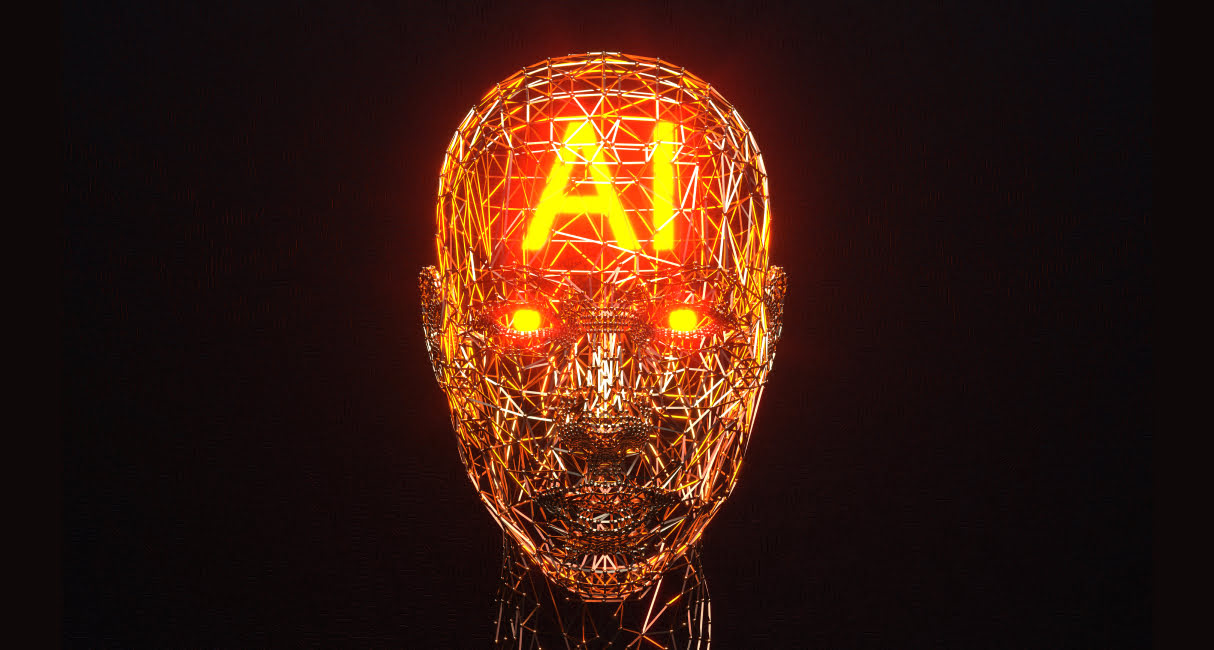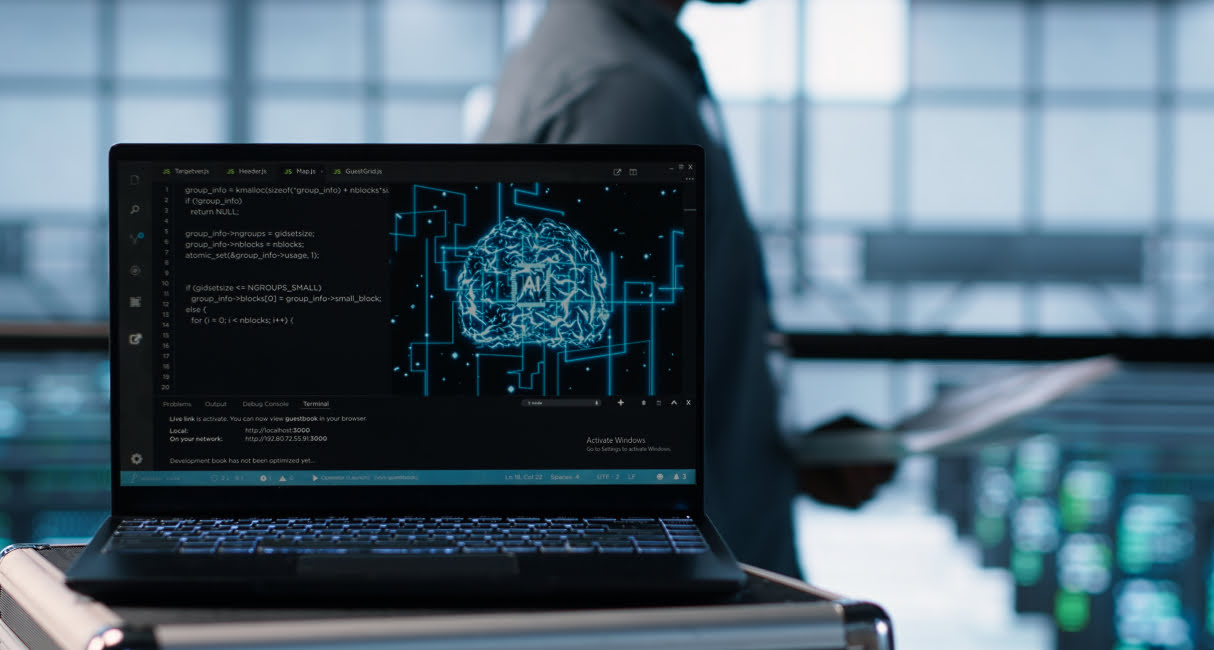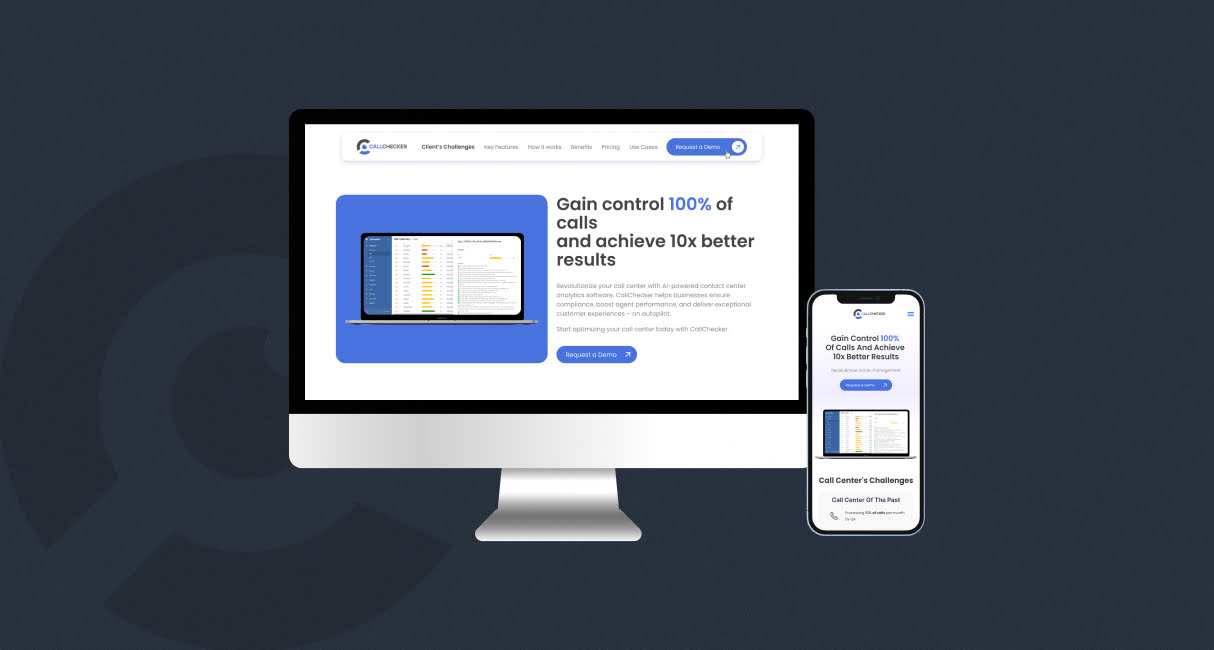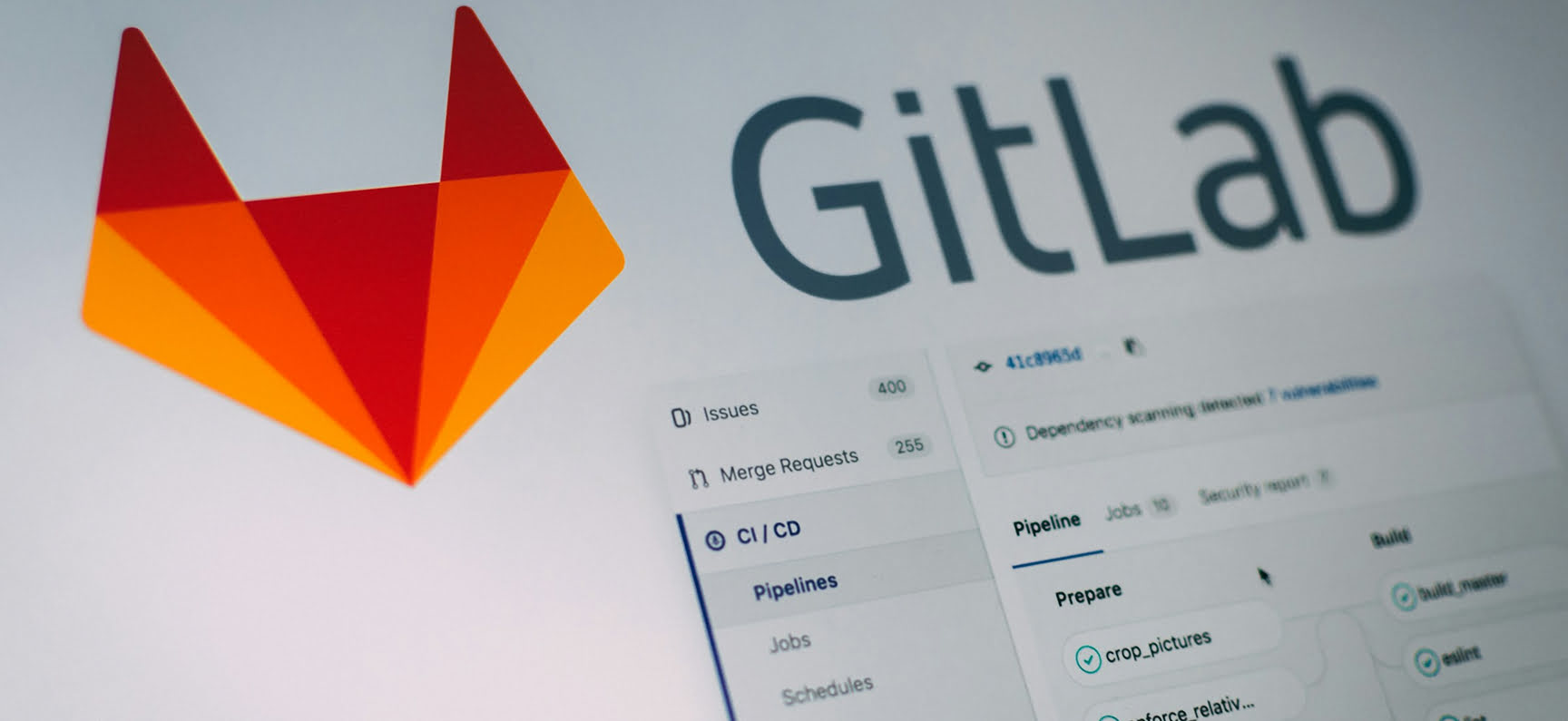Although artificial intelligence (AI) has long been of interest to researchers and entrepreneurs, developers have recently been presenting new innovations in this field with increasing frequency. The global artificial intelligence market is worth almost $400 billion in 2025. It makes sense as AI helps to solve tasks that distract people from their major activities. For instance, those are speech recognition (e.g., Doctor's Virtual Assistant) and vehicle control (RNO/ITS).
Understanding the different types of AI (conventional, general artificial intelligence, and narrow AI) can help businesses reach new heights. Whether it's automating tasks or creating digital assistants, AI systems have become vital in various industries. At Artjoker, an artificial general intelligence company, our proven expertise ensures AI technology works not just in theory, but for your bottom line.
No time to read the whole article? Here’s the presentation with all the important points from the article.
Understanding the Basics: AI, Narrow AI, and AGI
Artificial intelligence is the simulation of human intelligence in machines. It is an interdisciplinary field that combines various aspects of science to create intelligent machines. They are capable of perceiving their environment, reasoning, and performing appropriate actions. AI involves the usage of data and machine learning (ML) methods. Algorithms provide computers with step-by-step instructions for performing specific tasks, while ML allows computers to improve their performance by learning from large data sets.
Before moving to the concept of artificial general intelligence vs artificial intelligence (AI), let’s recall the middle. Narrow AI automates specific tasks. It usually outperforms humans, but works in a limited context (aimed to solve a narrowly defined problem). Currently, all artificial intelligence systems fall under this category. They perform their tasks perfectly, but their capabilities are limited to the scope for which they were created. Still, 78% of organizations use AI in at least one business function in 2025. It leads to the growing popularity of AI development services in different niches.

At the same time, artificial general intelligence (AGI) is a hypothetical benchmark at which AI could possess human-level intelligence and adaptability. At Artjoker, we do our best to bridge today’s narrow AI with tomorrow’s AGI — building intelligent systems that solve real business problems and evolve with each success.
What Is Artificial General Intelligence in Simple Words?
We will explain the definition of artificial general intelligence based on our experience and real-world examples. AGI systems aim to fully replicate human cognitive abilities. They deeply understand and perceive the world around them. Unlike conventional AI, AGI can learn without third-party assistance. Moreover, this intelligence thinks logically and is rather creative.
In the debate of artificial general intelligence vs generative AI, the latter is limited to content generation based on existing data. Companies may benefit more from AGI if they strive for more human touch and creativity in texts, images, and videos.
Expert Opinion «Despite significant progress in this area, the creation of AGI remains a theoretical challenge that is beyond the capabilities of current technology. In 2025, the first true AGI is planned to be released in the fall. Besides, industry leaders keep investing in its development (e.g., $1 billion received by 9 AI companies from Nvidia)»Oleksandr Prokopiev CEO at Artjoker
What Is the Difference Between Narrow and General Artificial Intelligence?
The main difference between artificial general intelligence vs narrow AI is that the second one can master various things and think like a human being. Narrow AI only works effectively within the narrow field for which it was programmed.
| Aspect | Narrow AI | AGI |
|---|---|---|
| Scope | Task-specific; performs one function extremely well. | Universal; can perform any intellectual task that a human can. |
| Learning Type | Trained on structured data for predefined goals. | Learns autonomously and transfers knowledge between fields. |
| Adaptability | Limited — cannot operate outside its training domain. | Highly adaptable — can make certain conclusions and understand why things happen and what the consequences are. Can get ready for new challenges. |
| Creativity & Emotion | Simulated creativity (pattern-based); no real emotions. | Could exhibit creativity, emotional understanding, and empathy. |
| Current Existence | Fully operational and widespread today. | Theoretical; under research and debate in AI ethics and safety. |
| Risks | Bias, errors, limited transparency. | Potentially existential risks if uncontrolled or misaligned with human values. |
There is no winner in the battle known as artificial general intelligence vs artificial narrow intelligence, as each has its pros and cons. Currently, you can make use of the second one by contacting our team. Artjoker integrates advanced AI tools like recommendation engines or generative models hassle-free!
At Artjoker, we’re committed to providing the assistance you need to succeed!
Contact UsExamples of Narrow AI in Business
In the financial sector, narrow AI is used to assess credit risks and prevent fraud. In 2024, nearly 70% of financial services companies reported AI-driven boosts in revenue. In particular, banks and fintech companies use machine learning to analyze transactions in real time.
In e-commerce, recommendation algorithms analyze buyer behavior and offer personalized products. This is how the recommendation systems of Amazon or Netflix work—they predict user interests and increase the average check. Pricing optimizers are another example. As for the difference between artificial intelligence and artificial general intelligence, AGI would independently understand customer behavior and even communicate with buyers via the online store.
In marketing and customer service, chatbots and virtual assistants such as ChatGPT, Siri, or e-commerce website support allow you to automate communications, respond to standard requests 24/7, and collect feedback.
Expert Opinion «Speaking about content marketing, with generative AI development services, it is possible to help create new content of different types in response to a prompt. The good examples could be Midjourney for generating images from a text description. By the way, 69% of marketing specialists are satisfied with AI and its impact on their jobs»Oleksandr Prokopiev CEO at Artjoker
Artjoker helps companies harness these AI technologies. With us, businesses can turn data-driven insights into scalable, intelligent systems.
Characteristics of Artificial General Intelligence
AI that passes the Turing test is considered AGI. The essence of the test is that if a person communicating with AI identifies it as human, the test is passed. Such a system may become conscious and strive for self-improvement, leading to the creation of artificial superintelligence. If we speak about artificial general intelligence vs artificial super intelligence, the second one would surpass human capabilities entirely, beyond our control. AGI has several outstanding characteristics as listed below.
- Autonomy. AGI can operate independently without human assistance. This intelligence can adapt to new challenges based on its past experience. Thus, even if you leave it alone, it can perform tasks just like human employees.
- Consciousness and self-awareness. In theory, AGI could have consciousness, just like humans. This means that it could be aware of its own existence and even define its role in society.
- Learning and adaptation. AGI can improve its skills without human intervention. It does so by analyzing the knowledge it gained before. AGI can make conclusions based on previous mistakes. It processes large amounts of data and adapts to new conditions easily.
- Contextual understanding. AGI understands the context of the tasks it performs. This allows it to make accurate and informed decisions.
- Solving complex problems. AGI is capable of solving complex problems. It can analyze different approaches and choose the best way to achieve a result.
The path toward AGI demands not only innovation and research but also responsibility. Human values and safety should not suffer because of highly intelligent machines.

How Does Artificial General Intelligence Work?
When discussing the difference between generative AI and artificial general intelligence, one should remember they function on similar principles. AGI would integrate multiple systems such as machine learning, natural language processing, neural networks, and cognitive architectures to form a generalized understanding. It would continuously learn from experience and make decisions using logic, intuition, and creativity just like us.
Another direction is brain emulation, which aims to scan and simulate the neural networks of the human brain in detail. Projects such as Blue Brain or Whole Brain Emulation seek to recreate neuron by neuron to run the brain on a computer. Cognitive modeling requires significant computing power to simulate biological complexity.
Current State of AI and AGI: Where Are We Today?
Forecasts about AGI timing vary widely, and most experts agree it’s not imminent yet. Recent surveys suggest a 25% chance of AGI emergence by 2027 and a 50% chance by 2031. Others point toward a more moderate timeline, placing AGI sometime around 2040. Some bold projections, such as the AI 2027 scenario, propose near-term acceleration toward human-level intelligence — though these forecasts are debated for their optimism and speculative nature.
Expert Opinion «One day, ASI—artificial superintelligence—will appear on the market, fully replicating the cognitive abilities of an extra-professional. The artificial general intelligence vs artificial superintelligence is a serious dilemma even now, as the second one can be rather dangerous to the human race. ASI would exceed human intelligence in every aspect, replacing people, in fact. However, the probability that artificial superintelligence will appear by January 2027 is currently 0%.»Oleksandr Prokopiev CEO at Artjoker
Future Prospects: What AGI Could Mean for Your Business
AGI would be capable of autonomous decision-making and adaptive learning across any domain. Such solutions would suit companies with repetitive business processes and large amounts of data. The source data must be digitized in advance. Some more complex tasks may require a ready-made combination of OCR and NLP for digitization.
In case everything functions properly, the benefits of artificial general intelligence would be:
- Faster innovation cycles
- Near-perfect efficiency
- Data-driven insights
However, it also demands a new level of responsibility. It is necessary to invest in AI literacy and governance to get ready ahead. In the future, AGI systems may refuse to work with some outdated or specific systems. Thus, one of the goals is building resilient systems that can coexist with intelligent machines.
Artjoker can help your business prepare for future challenges by developing scalable AI architectures. We have experts with the skills necessary to build systems that would perfectly integrate with further intelligent innovations.

How AGI Might Transform Entire Industries
The difference between artificial narrow intelligence and artificial general intelligence can be seen in various industries. Fraud detection in banking or chatbots in retail, associated with narrow AI, cannot change industries a lot. AGI, in its turn, could transform industries ranging from education to medicine.
Using the principles of quantum mechanics, quantum computers will be able to process enormous amounts of data at speeds millions of times faster than the most powerful supercomputers available today. This will radically speed up the work of AI algorithms and enable the solution of problems that are currently considered unsolvable (e.g., modeling entire ecosystems to predict climate change or cracking complex encryption systems in a matter of seconds).
The combination of AI and quantum computing will revolutionize areas such as drug discovery, process optimization, cryptography, and complex decision-making. As quantum technologies advance, their synergy with AI will continually push the boundaries of what is possible.
Need support? Artjoker is happy to help you bring your ideas to life!
Contact UsOpportunities and Risks for Business Leaders
Artificial general intelligence represents both a transformative opportunity and a profound challenge for business leaders. We have closely reviewed the advantages of artificial general intelligence and its possible drawbacks.
| Opportunities | Risks |
|---|---|
| Unprecedented automation | Loss of human oversight |
| Innovation acceleration | Ethical and legal uncertainty |
| Personalized strategy | Data privacy and security threats |
| 24/7 intelligent operations | Job displacement and cultural impact |
| Competitive advantage | Misalignment risks |
How to Prepare Your Company for the AGI Era
To date, roughly 80% of companies worldwide use generative AI, but only 1% of them believe they are mature in its integration. That is, with full process automation and a tangible impact on business results.
Preparing yourself for the AGI era might seem challenging. Thus, we want to share these tips for getting ready from the Artjoker’s team:
- Establish a clear strategy and assign responsibility at the C-suite level.
- Build a robust data architecture and infrastructure that can scale.
- Train your staff and foster a culture of human-AI collaboration.
- Implement risk management and AI governance, including model auditing and security policies.
- Start with specific application scenarios (pilot → scale) rather than spreading yourself too thin.
How Companies Benefit from AI Today
AI helps scale processes that were once manual and time-consuming. It allows experts to focus on core business tasks instead of messing with boring secondary activities. To show how this works in practice, here are three case studies where AI made a measurable impact. Our cases below prove the importance of the development of artificial general intelligence with field experts.

MyCredit — Scaling AI Customer Support
In the MyCredit project, Artjoker helped a major financial services provider handle 100,000+ routine inquiries monthly without expanding support staff. We built an AI chatbot that operates across multiple channels (chat, email, voice), handles escalations intelligently, and integrates compliance checks. AI-driven quality assurance enabled supervisors to evaluate nearly 100 % of conversations rather than sampling just 1–2 %. The result showed lower costs, faster responses, and improved trust in customer support operations.

CallChecker — AI-Driven Call Quality Analysis
Artjoker’s CallChecker solution evaluates call center audio at scale. It transcribes calls, applies rule-based scoring on elements like politeness, script compliance, silence gaps, and topic relevance. Instead of supervisors listening to a few dozen calls, the system grades hundreds or thousands per day, generating manager dashboards and performance metrics. This allows more objective, consistent coaching and helps flag problematic trends early.

Mexico CallChecker — Localized AI for Regional Markets
Artjoker adapted the CallChecker technology for the Mexico CallChecker project, tailoring the AI to the linguistic and regulatory peculiarities of the Mexican market. By localizing rules, language models, and evaluation criteria, we enabled call centers to maintain high-quality standards even in multi-lingual environments.

Ready to Leverage AI for Your Business?
So, now you can decide on your own winner in the general vs specific artificial intelligence battle. Wish to master one of these fields with the help of niche professionals? By hiring AI and ML professionals at Artjoker, you will provide your business with the highest chance of success when implementing artificial intelligence solutions.
Why Work with Experts in AI and Emerging Technologies
With over 19 years of experience and a proven portfolio of successful AI projects, the Artjoker team transforms complex challenges into powerful digital solutions. Artjoker is a combination of deep tech expertise with real business insight. We aim to deliver solutions that are not only intelligent but strategically aligned with your goals.
Book Your Free Consultation Today
Ready to automate your business with AI? Sign up for a free consultation and get a personalized implementation plan for your tasks.
Conclusion
Artificial intelligence is already transforming how businesses operate — from task-specific automation to intelligent systems capable of reasoning and adaptation. While Artificial General Intelligence (AGI) is still on the horizon, the companies that start embracing AI today will be the ones leading tomorrow’s innovation.
At Artjoker, we help businesses bridge the gap between current AI solutions and the future of AGI — by building practical, scalable, and cost-efficient technologies that drive real results.
Similar articles
View allyour business
together
- PROJECT INQUIRIES info@artjoker.net
- CALL US +1 213 423 05 84
contact us:












